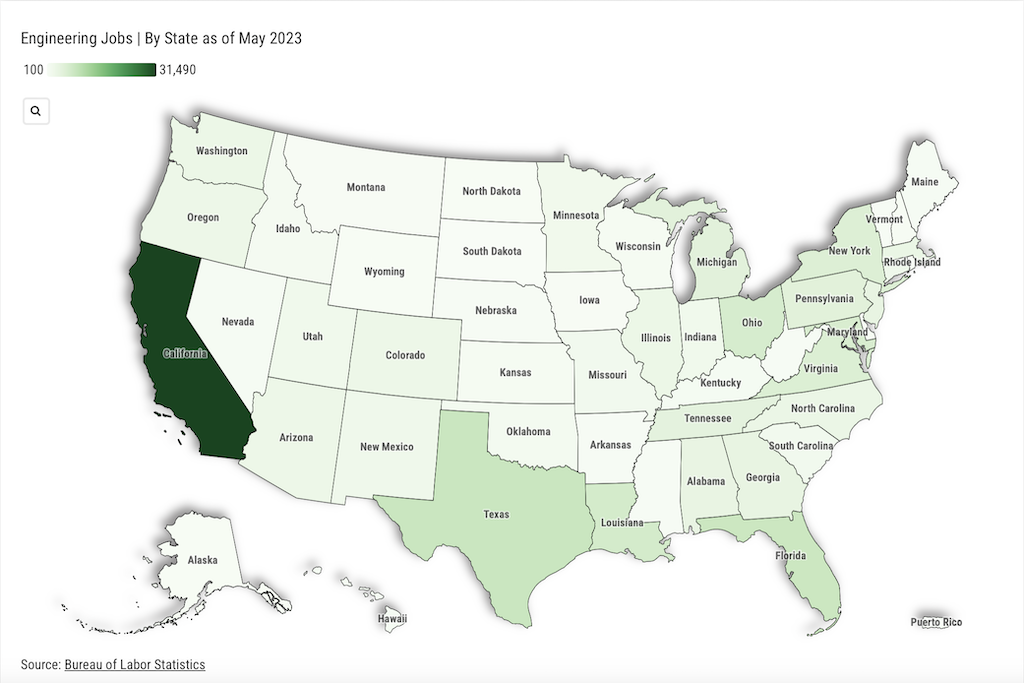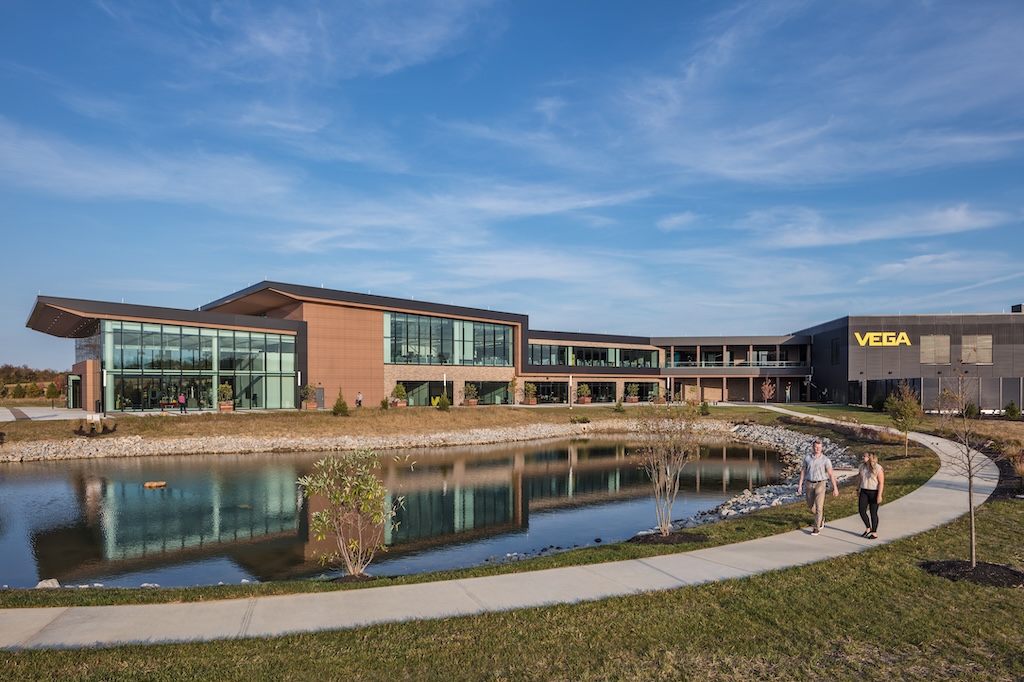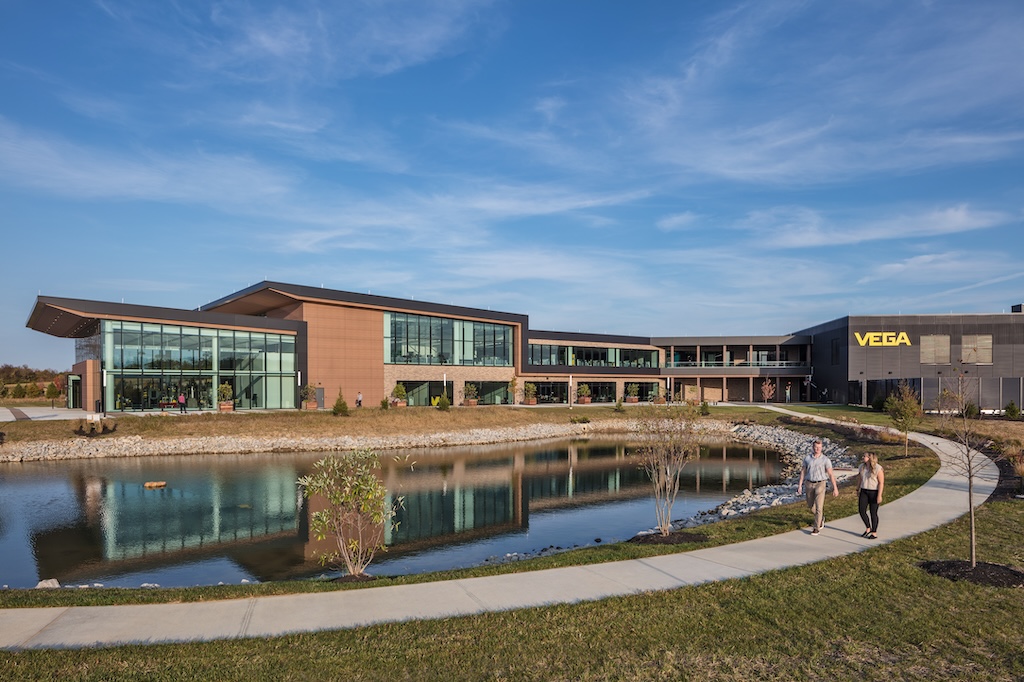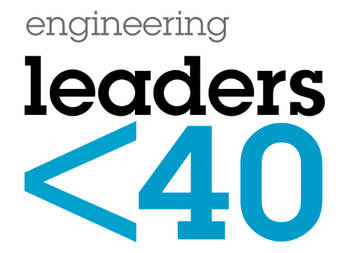In large manufacturing operations with huge crews working 24/7, just getting the right people in the right jobs is difficult. In union environments, it becomes even more challenging since workers’ schedules must also conform legally to the constraints of union contracts. Contracts, often more than 50 pages long, include language that addresses senior employees’ right-to-work, bumpi...
In large manufacturing operations with huge crews working 24/7, just getting the right people in the right jobs is difficult. In union environments, it becomes even more challenging since workers’ schedules must also conform legally to the constraints of union contracts.
Contracts, often more than 50 pages long, include language that addresses senior employees’ right-to-work, bumping rights, access to open jobs, vacations, priorities for call-backs and workforce reduction with modifications for different classes of workers. They also define deadlines for notices and posting about overtime, on call, return to work and much more — all which bear on workforce scheduling.
When compliance with union rules combines with dynamic production runs where crews change daily, the task becomes even more complex. In every facility, scheduling performs the same functions: crewing (assigning employees to shifts and overtime), managing absences, vacations, training and more.
Yet, no two labor contracts are exactly alike and no two facilities run their scheduling operations the same. Not only are different unions found in the same enterprise at different plants, different unions can be found in separate facilities on the same production site. Fundamental performance requirements that must be met in each facility. Scheduling must apply union rules that is consistent with the intent and the letter of the labor contract for every employee.
In just-in-time operations with a large mix of products where changing customer demand drives production, the scheduling situation is dynamic. Human schedulers, armed with spreadsheets and forms, work to apply rules and policies consistently and fairly for each worker, not only to meet compliance but to achieve and maintain worker satisfaction. Spreadsheets work quite well up to a point. However, they are not a centralized data resource. This means there is no convenient way to quickly compare employees, their qualifications, preferences, planned absences and overtime history with alternative production plans. Nor are spreadsheets a proactive management tool. It is impossible to look across the labor pool and analyze for unnecessary overtime or overstaffing, much less uncover abuse of training or absentee policies.
Meeting the challenges
Thelma Horton, HR manager at the Pillsbury Frozen Dough facility in Denison, TX, remembers the challenges posed for human schedulers before her company switched to automated scheduling. “They had to know every single job in the plant and every single worker, their seniority, what jobs they preferred, if they were qualified and who wanted time off. They would post the schedule on Wednesday for the following week. Then we’d change it every day.” Horton said this took a monumental effort and, even then, the schedule was never right.
“The big trick is to be consistent in the application of every contract’s rules and guidelines for each employee,” said Dirk Richou, shift manager at Interbake Foods, North Sioux City, SD, whose company had department managers handling scheduling for 500 employees on 10 lines. “Before we changed over to an automated system, we had different department heads doing their own scheduling. While they were convinced they were doing what they were supposed to do, we learned there were, inconsistencies in how they applied all the contractual guidelines and rules.”
No matter how often the schedule has to change, an automated system has none of the human qualities that can undermine objective and consistent enforcement of scheduling policies. The system doesn’t care who someone is, won’t play favorites and doesn’t get mad or tired. Since it provides no advantage to one constituency over another, everyone’s best interest is served while union rules are applied according to the contract. “Software eliminates personal interpretations of the rules and most human scheduling errors,” said Richou.
“We also found the automated system significantly reduced labor grievances. We were averaging between 65 and 100 grievances per year; automation has reduced that to zero.”
Steve Bratetich, IT manager at H.J. Heinz company, Pittsburgh, said that a “one size fits all” software package won’t work because each plant in the company is so much different from the others, and each union contract has its own unique stipulations. “You know a standard package can’t handle this because each plant is so complex,” he said.
Setting down the rules
Before an automated system goes in, labor leaders and managers must be convinced the software can automate scheduling rules, according to the letter, of the union contract.
Richou, whose company uses Tugboat SOS workforce scheduling software, outlines the process. First, an industrial engineering analysis must bring to light and organize all the company’s scheduling rules and policies. Once the rules are locked down, a profile is produced describing in succinct terms, all of the complexities of the scheduling process for that facility. This then serves as the specification for a software rules engine.
After the discovery process, programming takes over. Finally, all the manual procedures used for crewing as well as related HR functions — such as absentee management, vacation and training scheduling — are replaced by the rules engine, which runs in the background. This is what the scheduler now uses.
According to Richou, the real test for an automated scheduling solution in a union environment is that employees must be convinced that it makes a real difference and will improve their lives. “We fluctuate in the number of employees scheduled to work every day. So, we used to have to ask each person that got bumped what job they would prefer. We found people not only worried about what job they might get, but they worried about who they might get stuck working with. Now they can pretty much control this at our self-service kiosk.” This has produced a sense of ownership in the workers, Richou added.
An automated 24/7 self-service employee kiosk enables each worker to assign his or her own preference for shifts and jobs. They can volunteer for overtime or bid on open jobs, without having to go through a supervisor or the HR office. The software makes job assignments, manages any bumping and grants or denies requests strictly according to union rules and policies. This eliminates personal favoritism and avoids any forgetfulness that might color scheduling decisions.
“Workers are more comfortable having the software dish it out rather than a supervisor going around asking each person where they’d like to be assigned,” said Richou. “Plus, they don’t worry so much about other workers on the floor. They have more control over themselves and can focus on the job they are supposed to do. We’ve also found workers now have a better attitude about each other.”
Using software to automate workforce scheduling according to the intent of the union contract is a benefit in itself. Software ensures that union rules and policies are applied consistently and objectively. This improves the entire scheduling process and is in the best interest of production planning, management and every employee.
“We try to get the message across that we are one big team,” said Richou, “and the employees are starting to see this.”
| Author Information |
| James Fitzpatrick is product architect at Tugboat Software Inc., Newport Beach, CA, which provides integration of optimization technology for automating complex workforce scheduling. For more information, call (800) 777-3581 or go to |



